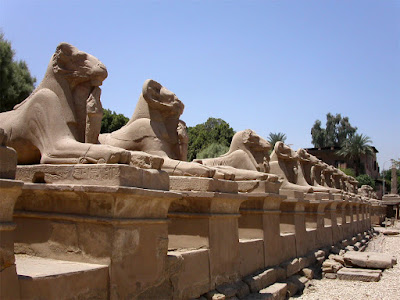For most of the year, the inner sanctum of the main temple at Abu Simbel is shrouded in darkness. On two specific days, traditionally the anniversary of the birthday and coronation of pharaoh Ramses II, a shaft of sunlight pierces the gloom, illuminating statues of gods and the king in the temple’s inner sanctum.
On February 22, a day celebrating the king’s birthday and again on October 22, a day celebrating his coronation, sunlight illuminates seated statues of the sun gods Re-Horakhte and Amon-Re, as well as a statue of king Ramses II. The statues sit in the company of the Theban god of darkness, Ptah (who remains in the shadows all year).
The sun illuminating Abu Simbel is considered to be one of the oldest Egyptian Sun Festivals, it dates back to the pharaonic era and has endured more than 3,200 years of Egyptian history. It draws thousands of tourists to Abu Simbel to watch this ancient tribute to a pharaoh whose name is still known up and down the Nile Valley and the world over for his military exploits and monumental building projects. Nowadays, it became a touristic attraction due to the high dam and the moving of the temple.
During the spectacle, people stand in two rows to let the sun rays reach the statues in the shrine.
Temple of Abu Simbel
On February 22, a day celebrating the king’s birthday and again on October 22, a day celebrating his coronation, sunlight illuminates seated statues of the sun gods Re-Horakhte and Amon-Re, as well as a statue of king Ramses II. The statues sit in the company of the Theban god of darkness, Ptah (who remains in the shadows all year).
Abu Simbel Sun Festival
The sun illuminating Abu Simbel is considered to be one of the oldest Egyptian Sun Festivals, it dates back to the pharaonic era and has endured more than 3,200 years of Egyptian history. It draws thousands of tourists to Abu Simbel to watch this ancient tribute to a pharaoh whose name is still known up and down the Nile Valley and the world over for his military exploits and monumental building projects. Nowadays, it became a touristic attraction due to the high dam and the moving of the temple.
During the spectacle, people stand in two rows to let the sun rays reach the statues in the shrine.















